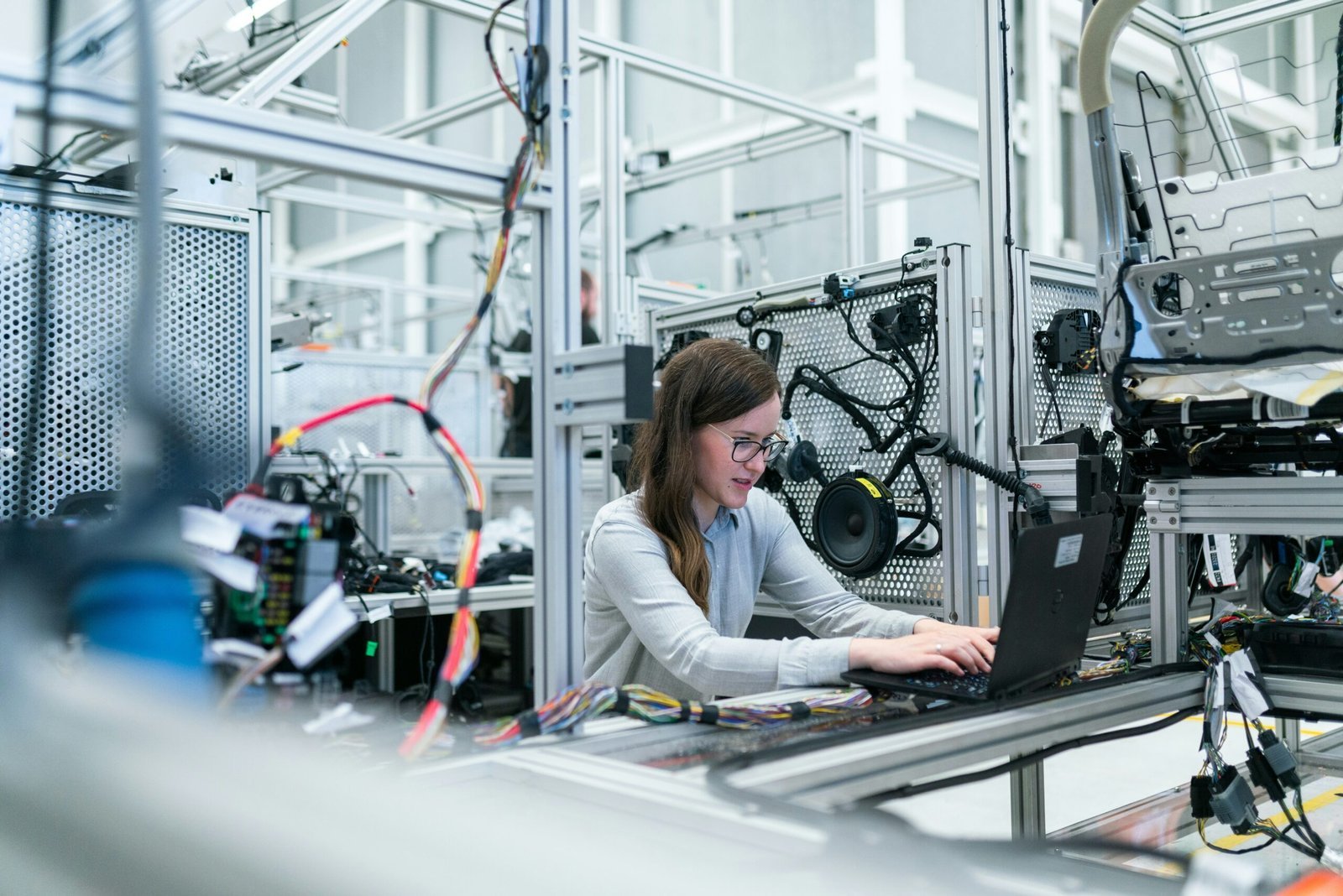
Renault Tech Info: Your Guide to Renault Vehicle Technology
Welcome to Renault Tech Info, your ultimate guide to the latest technology and innovations in Renault vehicles. In this blog post, we will explore the various tech features that make Renault cars stand out from the crowd. Whether you are a Renault owner or simply interested in learning more about automotive technology, this article is for you.
1. Renault Infotainment System
One of the key features that sets Renault vehicles apart is their advanced infotainment system. Designed to enhance your driving experience, the Renault infotainment system offers a range of features and functionalities.
With a user-friendly interface and intuitive controls, you can easily access a variety of entertainment options, including music streaming, radio, and navigation. The system is also compatible with your smartphone, allowing you to connect and control your favorite apps on the go.
Additionally, the infotainment system provides real-time traffic updates, weather information, and voice recognition for hands-free operation. Whether you are on a long road trip or simply commuting to work, the Renault infotainment system keeps you connected and entertained.
2. Renault Safety Technology
Safety is a top priority for Renault, and their vehicles are equipped with cutting-edge safety technology to protect you and your passengers on the road.
One of the standout features is the Renault Advanced Driver Assistance Systems (ADAS). This system includes a range of safety features such as Lane Departure Warning, Blind Spot Detection, and Automatic Emergency Braking. These features work together to help prevent accidents and keep you safe on the road.
Renault vehicles also come with advanced airbag systems, anti-lock braking systems (ABS), and electronic stability control (ESC) to provide maximum protection in the event of a collision or loss of control.
3. Renault Electric Technology
Renault is at the forefront of electric vehicle technology, offering a range of electric and hybrid models that are both eco-friendly and efficient.
The Renault electric technology includes features such as regenerative braking, which helps to recharge the battery while driving, and intelligent energy management systems that optimize the use of power for maximum efficiency.
Renault electric vehicles also come with advanced charging infrastructure, including fast-charging capabilities that allow you to charge your vehicle in a fraction of the time compared to traditional charging methods.
4. Renault Connectivity
In today’s connected world, staying connected while on the move is essential. Renault understands this and offers a range of connectivity features to keep you in touch with the outside world.
Renault vehicles are equipped with Bluetooth connectivity, allowing you to seamlessly connect your smartphone and make hands-free calls or stream music wirelessly. Some models also offer Apple CarPlay and Android Auto integration, giving you access to your favorite apps and features directly from the infotainment system.
Additionally, Renault vehicles come with built-in Wi-Fi capabilities, so you can stay connected to the internet wherever you go. This is especially useful for passengers who want to browse the web or stream content during long journeys.
Conclusion
Renault vehicles are not just cars; they are a combination of advanced technology, safety features, and connectivity options. Whether you are looking for a comfortable and entertaining driving experience or want to reduce your carbon footprint with an electric vehicle, Renault has something for everyone.
With their commitment to innovation and continuous improvement, Renault continues to push the boundaries of automotive technology. So, if you are in the market for a new car or simply interested in the latest advancements in vehicle technology, be sure to check out Renault and experience their tech features firsthand.











